Different names in different countries know a thawb. How you spell 'thawb' also impacts the terminology commonly used in a specific population. Therefore, learning what is the difference between a thobe and dishdasha shall elaborate on the details.
The differences in clothing might occasionally be small yet substantial regarding traditional men's apparel across different civilisations. The distinction between a dishdasha and a thobe is one such instance.
Al-Haq Thobes Shop presents subtle differences between the two outfits. Both have their roots in regional variances and cultural history.
Origins and Importance in Culture
Men in the Arab world typically wear the thawb (also known as the thobe, tobe, or men's thobe jubba), a traditional ankle-length robe. Its origins trace back to ancient Egypt and Mesopotamia, where it was seen as a symbol of modesty and refinement.
The deshdasha has remained a timeless piece of clothing, effortlessly blending tradition with modern style. Over the years, dishdash clothing has evolved to cater to different tastes, offering both classic designs and contemporary touches. Many men appreciate how the dishdasha dress can be worn for formal occasions or as everyday wear, depending on the fabric and cut.
On the other hand, dishdasha is widely consumed in the Gulf region. It originates from the Bedouin nomadic way of life and is perfect for the desert heat because of its lightweight materials and relaxed fit.
Style and Aspect
A robe is usually made of a thicker material, such as wool or cotton. It is frequently adorned with elaborate embroidery on the front placket, collar, and cuffs. Its straight shape and long sleeves give it a refined, formal look.
Choosing the perfect dish dash often comes down to personal preference or for woman burka wearing, whether it's for a casual gathering or a religious ceremony. Today’s market offers a wide variety of dishdasha for men, ranging from simple cotton designs to more elaborate styles with intricate embroidery. This versatility is one reason dishdash clothing remains popular across generations.
In contrast, the dishdasha is made of airy cotton or linen. These fabrics breathe in warm weather. It has a looser fit, broader sleeves, and a more laid-back style than the thobe. The dishdasha may also include subtle design features like contrasting piping along the border or ornamental embroidery.
Regional Disparities
Throughout the Arab world, there can be wide regional variations in robe style and design. The Saudi thobe is more subdued and have simple decorations in neutral colours. For instance, the Palestinian robe is renowned for its vivid needlework and elaborate designs.
Contrastingly, similar regional differences are seen in the dishdasha's design and style. For instance, the dishdasha in Qatar may have a mandarin collar and simple, exquisite details. However, it is distinguished in Oman by its collarless neckline and intricate embroidery.
Thobe vs. Dishdasha
Wearing a thobe or Moroccan thobes during weddings, religious events, and cultural festivals is common. It exhibits excellent artistic importance.
However, globalisation and shifting fashion trends have led to new versions of these clothes that pay homage to their traditional origins while also appealing to current preferences.
The Bottom Line
Learning what is the difference between a thobe and dishdasha reveals different clothing styles with distinctive design features and cultural importance. Comprehending the distinctions among these traditional clothing outfits promotes respect for varied cultural customs. It also draws attention to the depth and diversity of Arab sartorial traditions.
